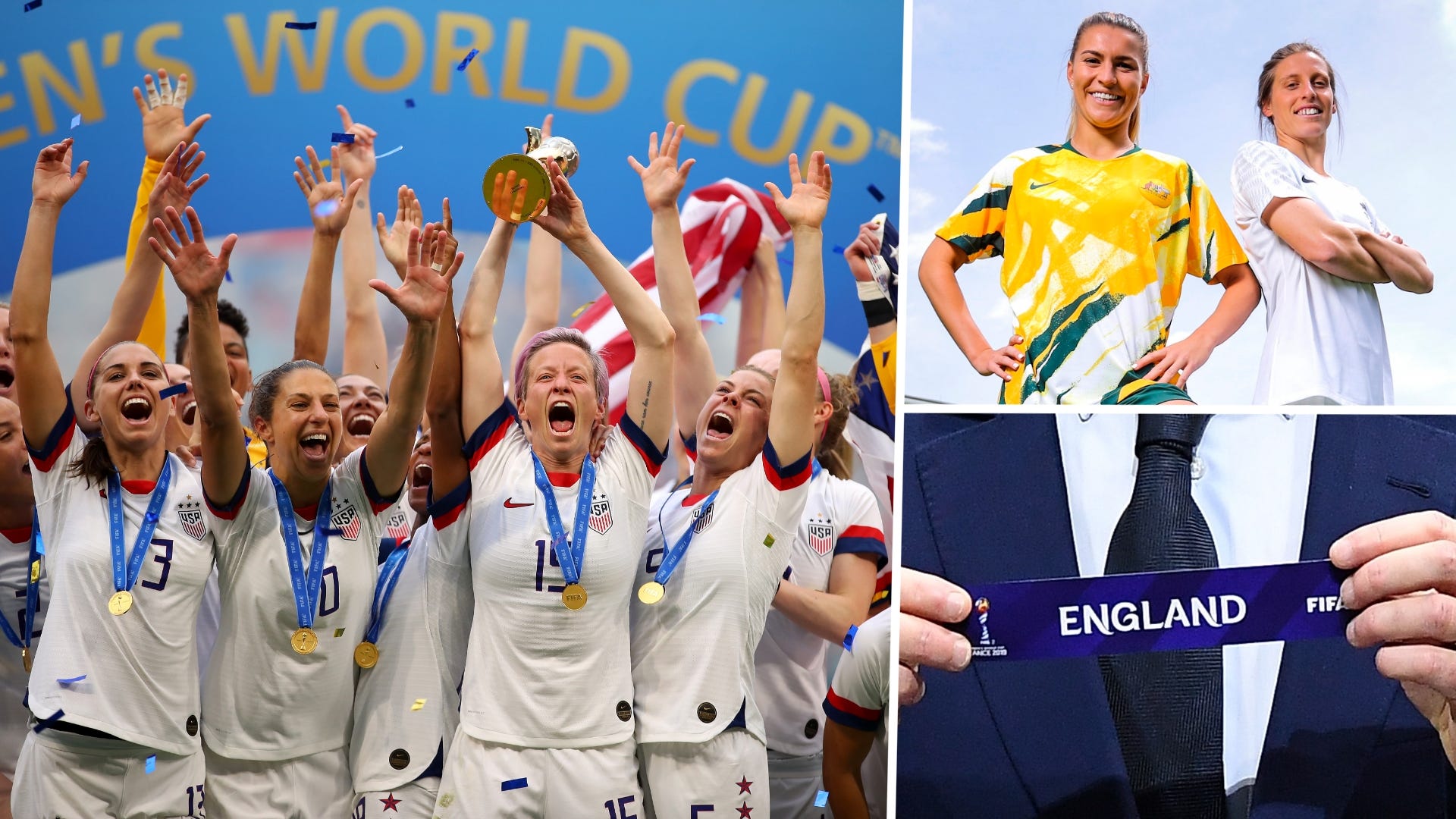2023 Women’s World Cup in Australia and New Zealand should appear considerably different from the previous seven tournaments.
Since its inception in 1991, the competition has expanded in step with the rising profile of the women’s game.
We examines the factors, such as increased prize money and the addition of eight new teams, that make this year’s event unique.

2023 Women’s World Cup Use Co-Hosts System
This year, for the first time, two federations—New Zealand and Australia—will host the Women’s World Cup.
Ten venues in nine locations will host the events, requiring teams to travel around to play their matches.
There will be a total of 35 games played in Australia’s five major cities (Sydney, Melbourne, Brisbane, Adelaide, and Perth), but only 29 will be played in New Zealand’s four major cities (Auckland, Hamilton, Wellington, and Dunedin).
On July 20, New Zealand and Norway will kick off the tournament in Auckland’s Eden Park, while on August 20, Sydney’s Stadium Australia will play home to the final.
Despite a combined century of sports success, the United States Women’s National Team (USWNT) has dominated this competition, winning the last two and four of the prior eight times it has been played.
The fact that it is the first tournament of its kind staged in the southern hemisphere might possibly work in favor of the two host nations.
Massive competition
There will be a record number of countries represented at this year’s competition, with 32 teams vying for the top prize.
In 1991, China hosted a tournament with just 12 teams, but by 1999, the field had grown to 16.
In 2015, organizers continued to expand the competition, as 24 teams competed for football’s ultimate honor. However, for the first time ever, this year’s competition will follow the same structure as the men’s World Cup.
The 32 participating countries have been seeded into eight groups of four, with the top two teams from each group advancing to the round of 16.
With the addition of these matches, FIFA predicts that this tournament will break records for women’s sports attendance.
Tickets for this year’s events have already surpassed the 1,353,506 people who watched the 2015 World Cup in Canada, as FIFA revealed.
To paraphrase FIFA president Gianni Infantino’s remarks to reporters earlier this month, “What’s to come is women – and gratitude to the supporters for joining that which is going to be the most important FIFA Women’s World Cup ever,”
I hope to see you there to see the stars of women’s football shine on the international stage as excitement grows in the host countries and throughout the world.
On the first day, we anticipate record-breaking attendance as well.
Both host countries expect the women’s football matches between New Zealand and Norway, and Australia and the Republic of Ireland to draw record crowds.
Eight first-time entrants in 2023 Women’s World Cup
Because of the record number of teams, eight countries will be able to participate in the World Cup for the first time.
Later this month, Haiti, the Republic of Ireland, Morocco, Panama, the Philippines, Portugal, Vietnam, and Zambia will enter the fray for the first time.
Ranking: 77th in the world Zambia, the lowest-seeded team in the competition, will face Spain, Japan, and Costa Rica in its group stage games as a prize for making it all the way to the finals.
Meanwhile, the women’s squad in Morocco has contributed significantly to the sport’s meteoric ascent in the nation.
The Atlas Lionesses competed in and advanced to the championship game of the Women’s Africa Cup of Nations last year, which the country hosted, but ultimately lost to South Africa.
This comes after the men’s team made history by being the first African nation to go to the semifinals at Qatar 2022.
53rd-ranked Haiti, another newcomer with high hopes of surprising the locals in Australia and New Zealand.
Amounts Paid in the Past
In 2023, all Women’s World Cup participants will get financial remuneration from FIFA, and this year’s prize pool will climb to $110 million, nearly tripling from 2019.
As part of the revamped compensation structure, teams will earn more money the further they advance in the competition.
If a player makes it through the group stage, they will get $30,000. If they advance to the round of 16, they will receive $60,000.
The value increases with each successive round, culminating in a $270,000 prize for the World Cup champions.
Each participant in the FIFA Women’s World Cup 2023 would get a guaranteed salary under a new distribution scheme, Infantino stated.
Since the average yearly income for women’s professional football players is around $14,000, the funds distributed through this innovative new system will have a significant and positive effect on their lives and careers.
National federations will get a total of $1,560,000 for getting their teams to the group round of the tournament.
When the competition concludes, the organizers will award the winner a total of $4,280,000.
FIFPRO has stated that it hopes the new format would herald more success for women’s football in the future.
“FIFPRO President David Aganzo asserts, “Female players tell us that what they want most of all is the system’s accomplishment, driven by its equal adoption and correctness.”
To paraphrase, “We see this as only the beginning of what will be a transformational journey for the women’s professional football landscape together with FIFA.”

